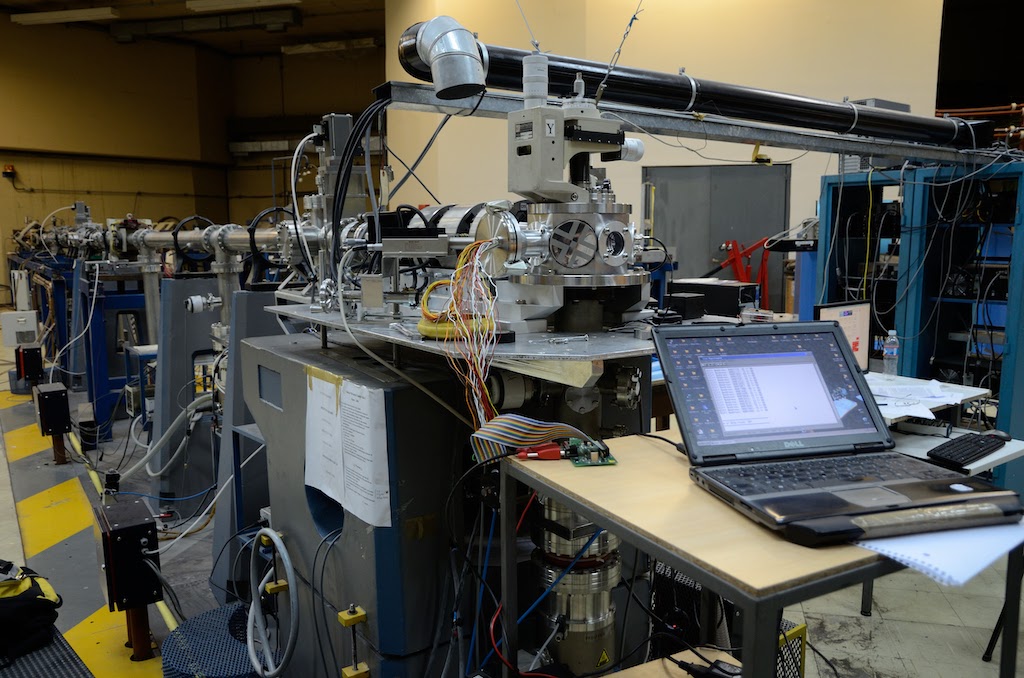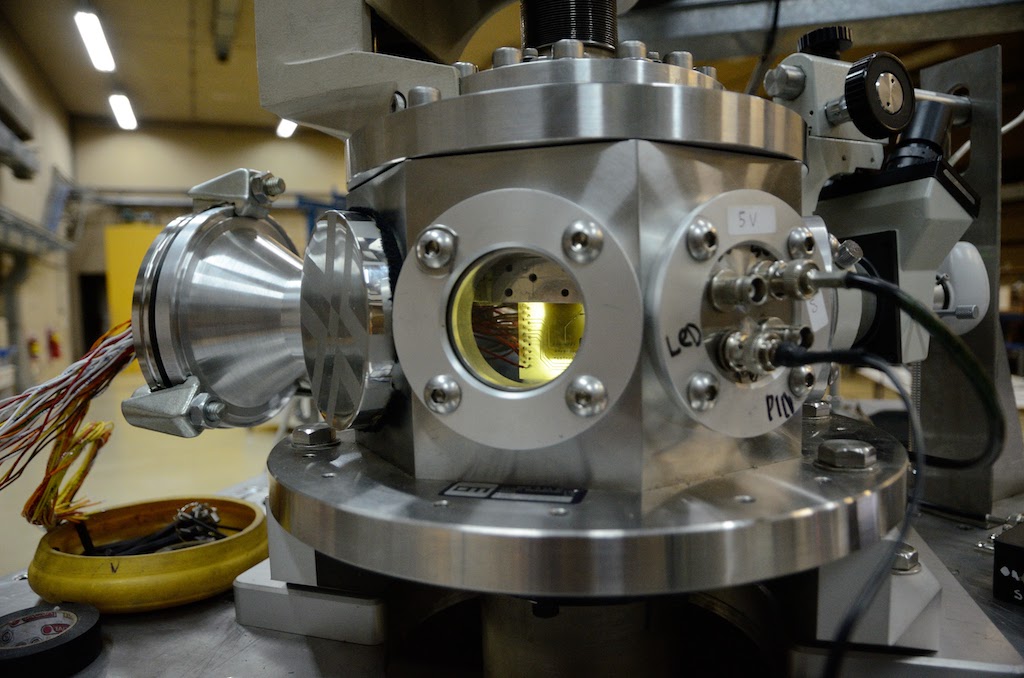MAE 2016-17
- Share
- Share on Facebook
- Share on Twitter
- Share on LinkedIn
- Share url
STIC-AMSUD
Goals
This project aims at studying and experimentally validate a generic methodology to evaluate the sensitivity/robustness of advanced integrated circuits to the effects of radiation present in the natural environment. This methodology will combine the results issued from test campaigns performed in radiation facilities (particle accelerators, micro-beams,… ) to those issued from MUSCA SEP3, a model developed by one of the French partners. Opening the radiation facilities available in Argentina and Brazil for this new field of activities is one of the main objectives of this project. This will be done by visits of French partners to the related sites and by receiving visitors from South American’s partners to perform experiments and simulations using particle accelerator facilities and models available in France. The experiments will then be performed in radiation facilities available in Brazil and Argentine to confront the measures and potentially upgrade the facilities. This will offer the possibility to largely diffuse these researches to the related scientific and technical communities and improve the knowledge for post-graduation programs. The experiments and analysis performed in this project will allow extrapolate the result obtained in accelerated conditions (using radiation sources) to those performed in high altitude experiments as well as experiments on-board planes in collaboration with a project accepted for IEAV (Brazilien partner). Another important goal is the formation of local human resources to the development and management of this kind of experiments. This may allow, during the project life, performing the preliminary steps related with the creation of laboratories in the partner’s countries dealing with this important topic. The experimental results may put in evidence the potential limitations of available facilities and tools, which, as a main consequence of this project will be upgraded and opened to the scientific and technical communities related with the test and the evaluation of the integrated circuits reliability. This will help to validate the methodologies and radiation fields produced by the facilities in the partner’s countries. Diffusing these new possibilities offered by the radiation facilities to the academia and related industries, this by means of workshops and/or special sessions in international conferences, is a significant goal of this project.
Partners
Project coordinators at each country
- Carlos Silva Cárdenas - Pontificia Universidad Católica de Perú (PUCP) - Lima, Peru.
- Claudio Federico – Instituto de Estudios Avançados (IEAv) – Sao José dos Campos, Brazil.
- Félix Palumbo - Comisión Nacional de Energía Atómica (CNEA), Buenos Aires - Argentina.
- Guillaume Hubert – Office National d’Etudes et Recherches Aérospatiales (ONERA) – Toulouse, France.
- Raoul Velazco - Laboratoire TIMA, France [international coordinator].
Researchers and engineers involved
- Research Eng. Fabrice Pancher – Laboratoire TIMA, France.
- Odair Gonçalez – Instituto de Estudios Avançados (IEAv) – Sao José dos Campos, Brazil.
- Angelo Pàssaro – Instituto de Estudios Avançados (IEAv) – Sao José dos Campos, Brazil.
- Mario Debray (CNEA)
- José Cruz, Ferdinando Pineda, Universidad Nacional del Altiplano (Peru)
- Juan Antonio Clemente, Univ Complutense de Madrid, two internships at TIMA
Participating institutions
- Peru: Pontificia Universidad Catolica del Peru (PUCP), Departamento Ingeniería-Sección Ingeniería de Telecomunicaciones
- Argentina: CNEA (Comisión Nacional de Energia Atomica)
- Brasil:
- Instituto de Estudos Avançados (IEAv), Sao José dos Campos
- ITA (Instituto Tecnológico de Aeronáutica), Sao José dos Campos
- France:
- Institut National Polytechnique de Grenoble (INPG), laboratoire TIMA (Techniques de l'Informatique et de la Microélectronique pour l'Architecture de circuits et systèmes) Grenoble
- ONERA-DESP (Office National d'Etudes et Recherches Aérospatiales, Département d'Environnement SPatial), Toulouse
- LPSC ( Laboratoire de Physique Subatomic et Cosmologie) – Grenoble. Accélérateur de neutrons GENEPI
Activities
- First meeting at CNEA (3-9 June 2015, Buenos Aires, Argentine)
- Kick-off meeting
- Logistic of radiation tests with the microbeam at TANDAR
- First tests under radiation on the microbeam performed in 90nm SRAM memories
- Meeting at IEAV (November 2015)
- Presentation of FACTOMETERICS activities at WERICE (Workshop Sobre os Efeitos das Radiações Ionizantes em Componentes Eletrônicos e fotônicos de uso aeroespacial)
- Logistic and preliminary tests at the neutron accelerator
- Redaction of a scientific article to submit at RADECS 2016
- Radiation tests with neutron set-up at ionizing radiation laboratory at IEAV
- Visit of Carlos Silva to Grenoble ILL and GENEPI-2 radiation facilities
 |
 |
- Share
- Share on Facebook
- Share on Twitter
- Share on LinkedIn
- Share url